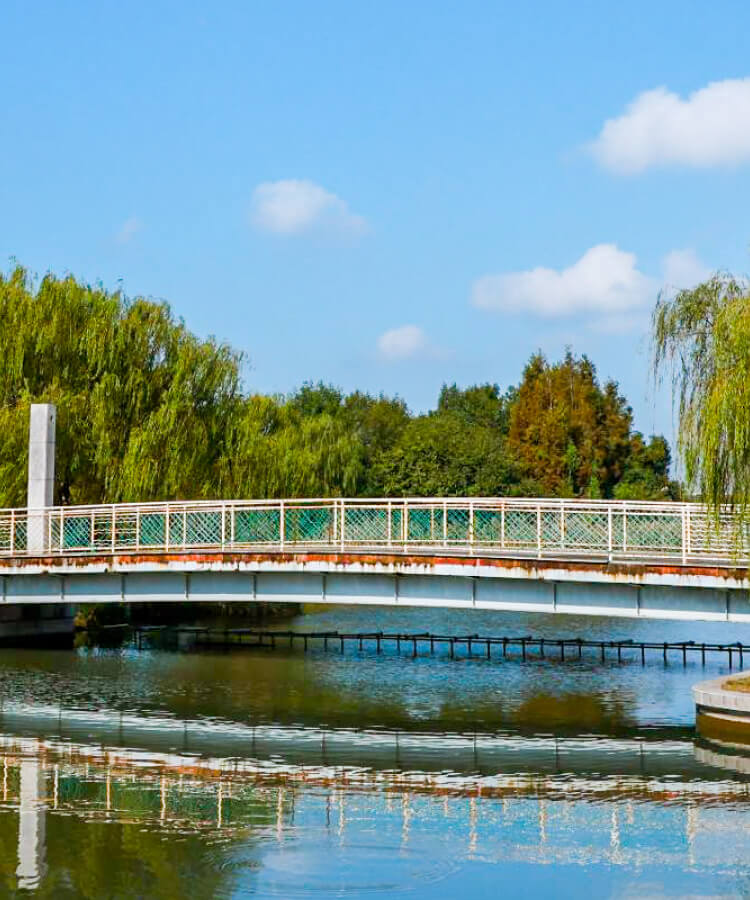-

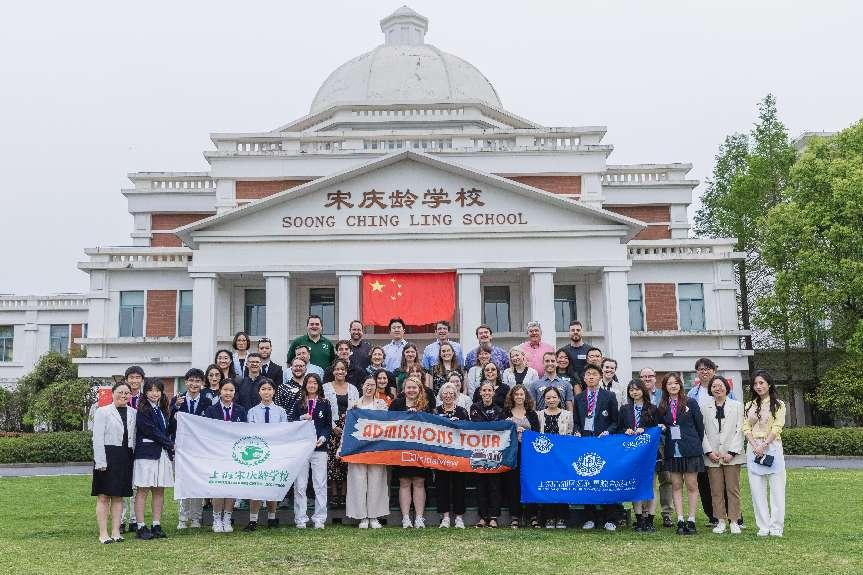 Over 30 Universities, an Exceptional Lineup, and Current Admissions Officers — SHBS and SCLS Join Hands with InitialView for the 2025 Spring University Fair Tour2025-04-18
Over 30 Universities, an Exceptional Lineup, and Current Admissions Officers — SHBS and SCLS Join Hands with InitialView for the 2025 Spring University Fair Tour2025-04-18 -

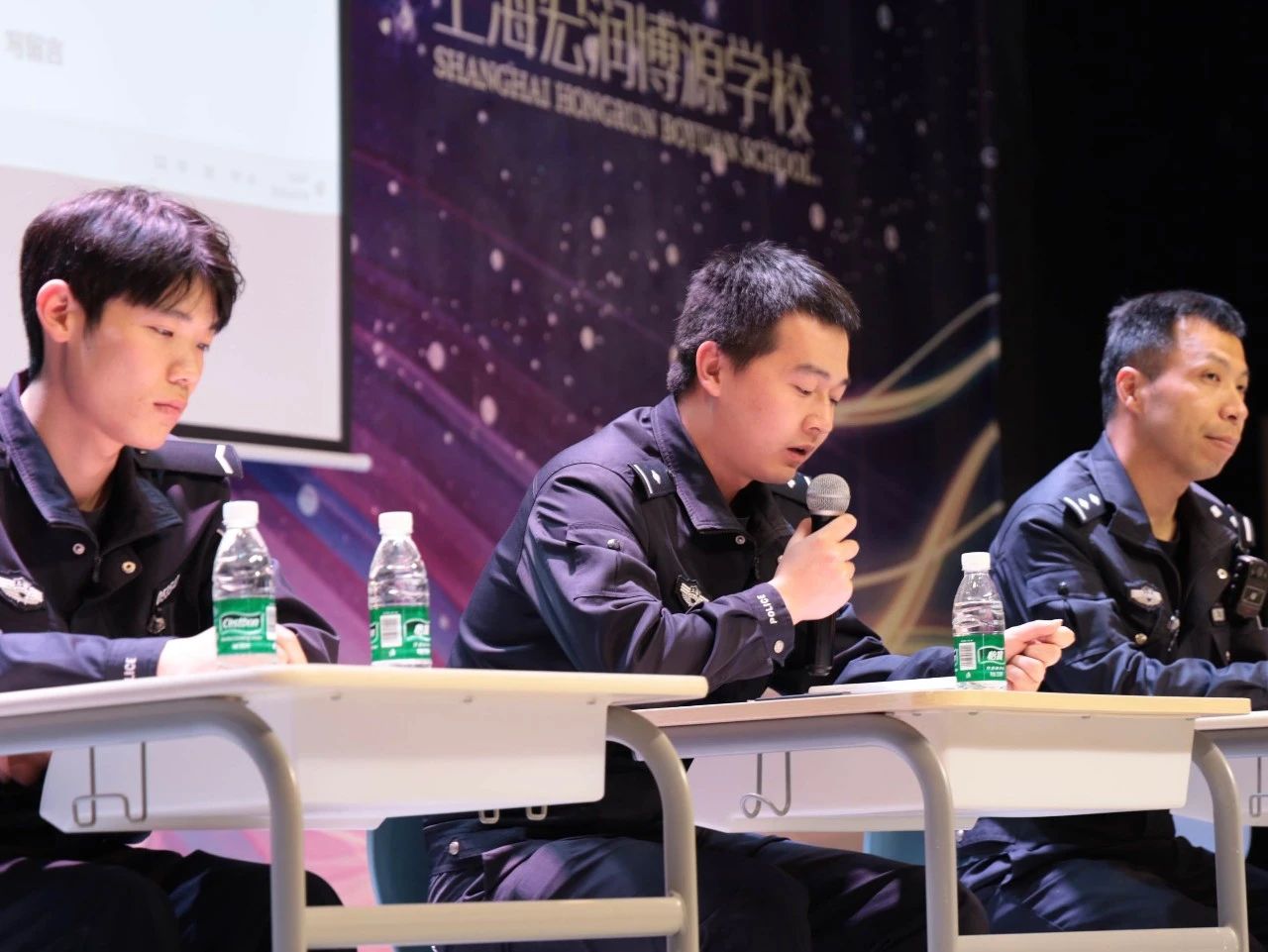 SHBS Event | Prevent Fires Before They Start, Celebrate Youth Through Sports — SHBS Safety Education & Sports Day Warm-Up2025-04-14
SHBS Event | Prevent Fires Before They Start, Celebrate Youth Through Sports — SHBS Safety Education & Sports Day Warm-Up2025-04-14 -

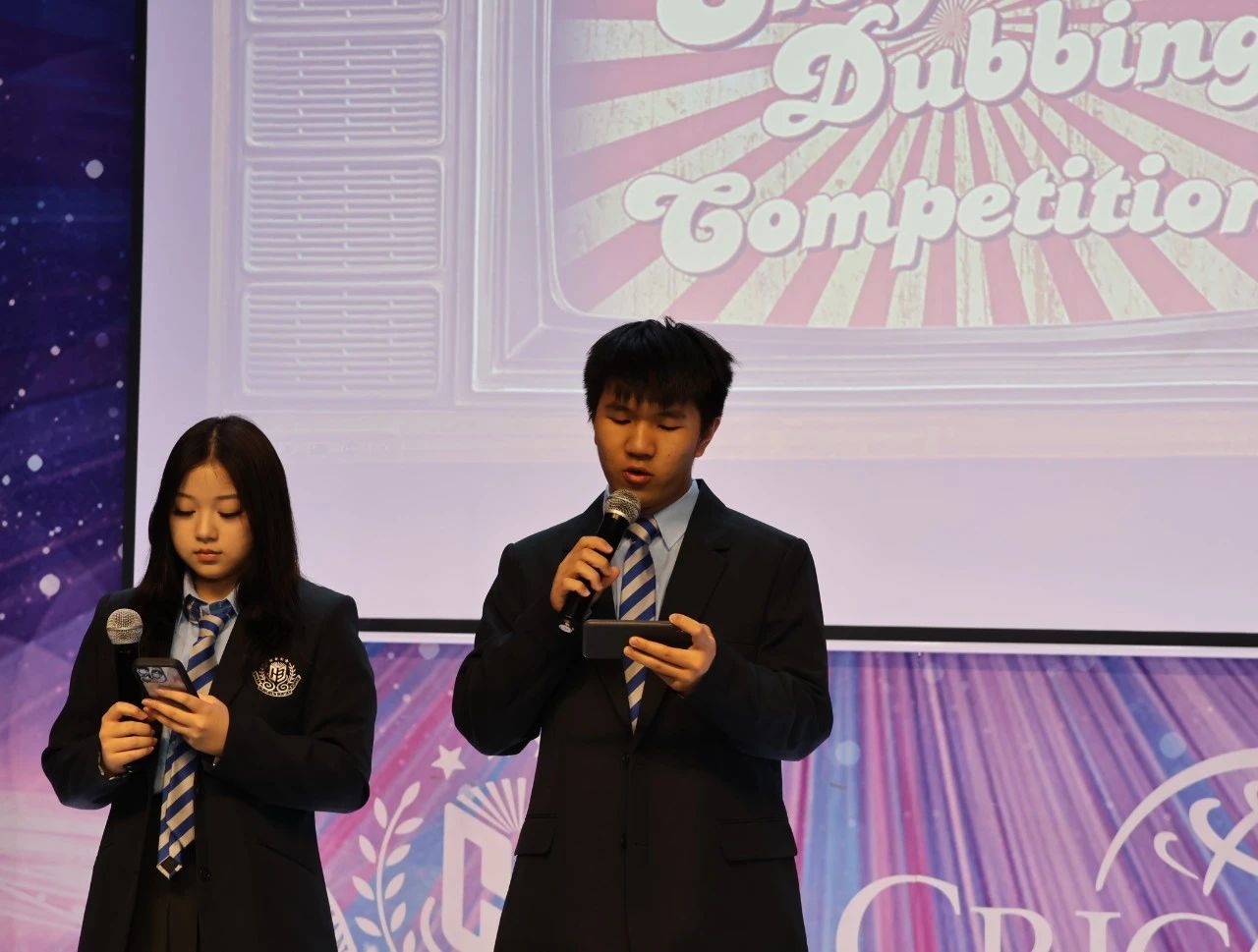 SHBS Event | English Dubbing Contest — Shaping Characters with Voices, Building a Universe of Sound Together2025-04-07
SHBS Event | English Dubbing Contest — Shaping Characters with Voices, Building a Universe of Sound Together2025-04-07
- 2023-12-17
- Views:856

For the past four years, the SHBS community has engaged in an intensive, inquiry-oritented project week called Building Shanghai. Each year has an overarching theme, like Building Sustainable Shanghai or, most recently, Building Global Shanghai. Dozens of project groups have their own unique focus, allowing students to pick from a wide variety of areas in which they would like to learn. Every group connects with resources in Shanghai, engages with experts, and expands students' questions while they work together in pursuit of further understanding.
When sitting down with Principal Chris to discuss Building Shanghai, his passion for innovative teaching is evident. Having spearheaded the development of this intensive project-based learning (PBL) program three years ago, Chris eloquently describes how Building Shanghai epitomizes the creative ethos of learning at SHBS.
The Origin
What excites Chris the most is the immense benefits students and teachers can gain from this project. For Chris, the ideas behind Building Shanghai draw upon a range of teaching experiences that emphasize immersive and experience education - like the 5-week Advanded Studies Program at St. Paul’s School in New Hampshire, where students primarily focus on one course for six days a week, for five weeks during the summer. As Chris describes it, "You've got to be continually shifting and diversifying and engaging and inspiring the kids. Otherwise, you can't sustain it." He combines the value of such depth with another experience, having helped to start “Intensives” at Berkeley Carroll in New York City. In turn, Building Shanghai uses our vibrant city as a boundless resource for students’ inquiry-based exploration.
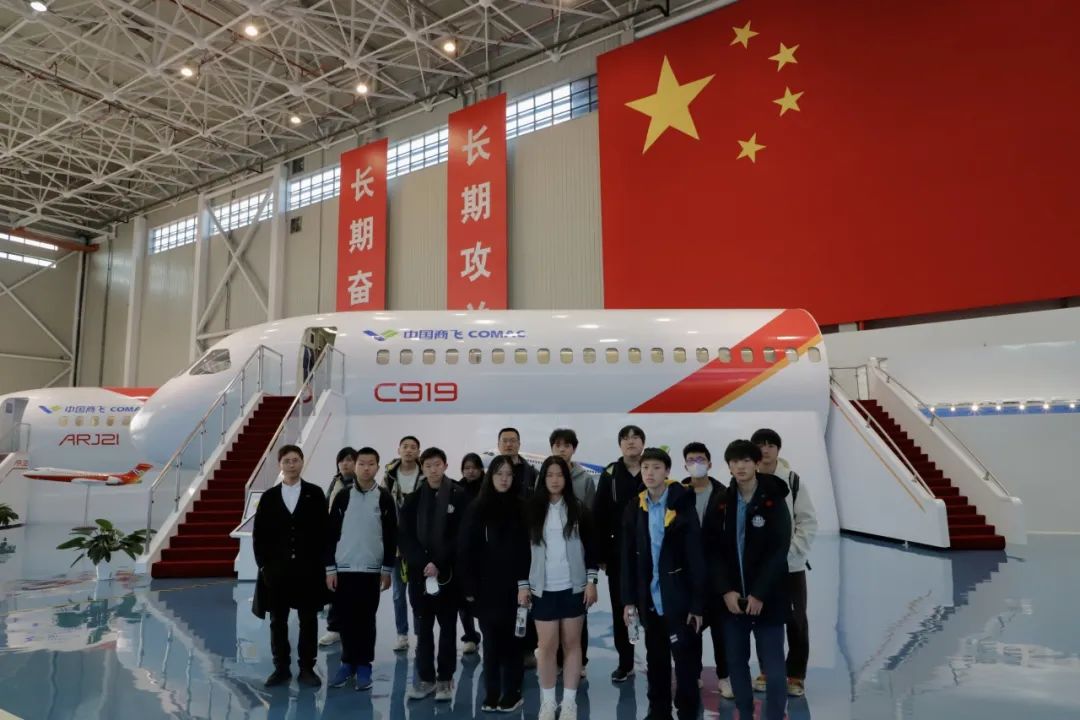
With Building Shanghai, students direct their own learning, make connections across disciplines, and collaborate with peers they may never otherwise interact with. As Chris puts it, the diversity of group abilities provides both challenges and “huge upsides.” An 8th grader works alongside a 12th grader in everything from video game design to sustainable fashion, navigating what it means to collaborate, develop a shared vision, and successfully delegate responsibilities.

Teachers also reap rewards, serving as “project leaders” who flexibly guide students’ interests. This pushes faculty out of their comfort zone, honing skills for differentiation and engagement. As Chris emphasized, the condensed timeframe compels dynamic, responsive teaching; “we have the freedom to adapt continuously, learning as we go, just as the students are.”
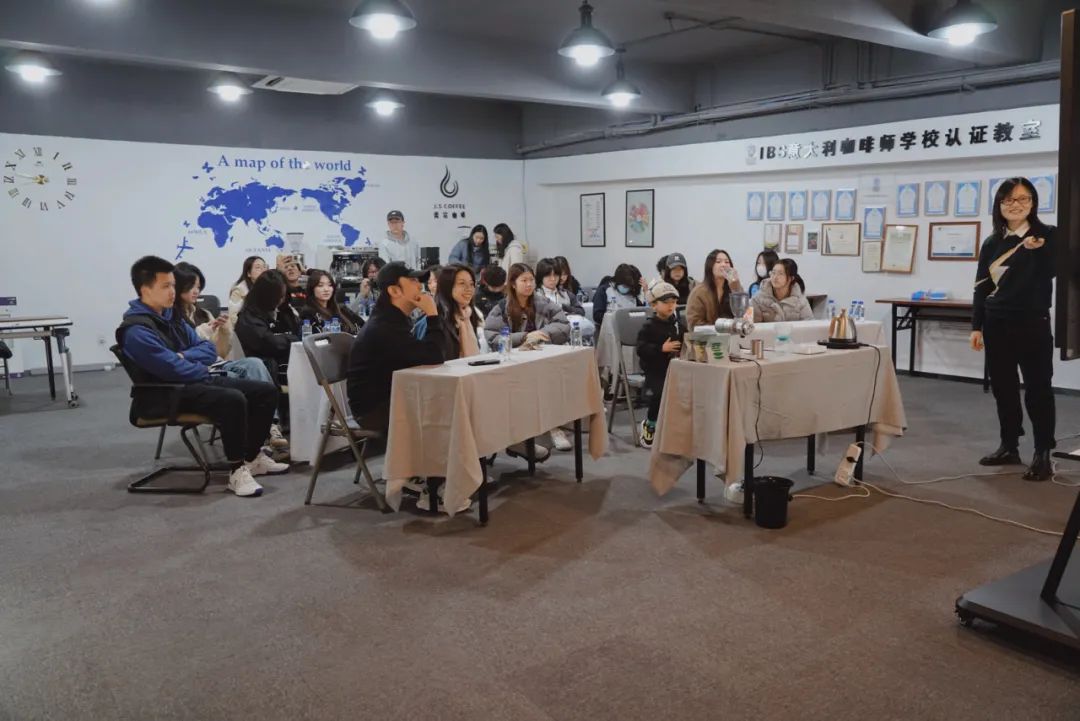
What leaves the biggest impression? Seeing the curiosity that Building Shanghai unleashes in students. Chris describes overhearing kids eagerly sharing their experiences across groups, processing and articulating their learning journeys. “How often do you hear a kid talking to another student about what they learned in AP Calculus the other day?” Chris asked. “Building Shanghai provides excitement, it breaks down barriers, it gets students talking about what they’re learning.”
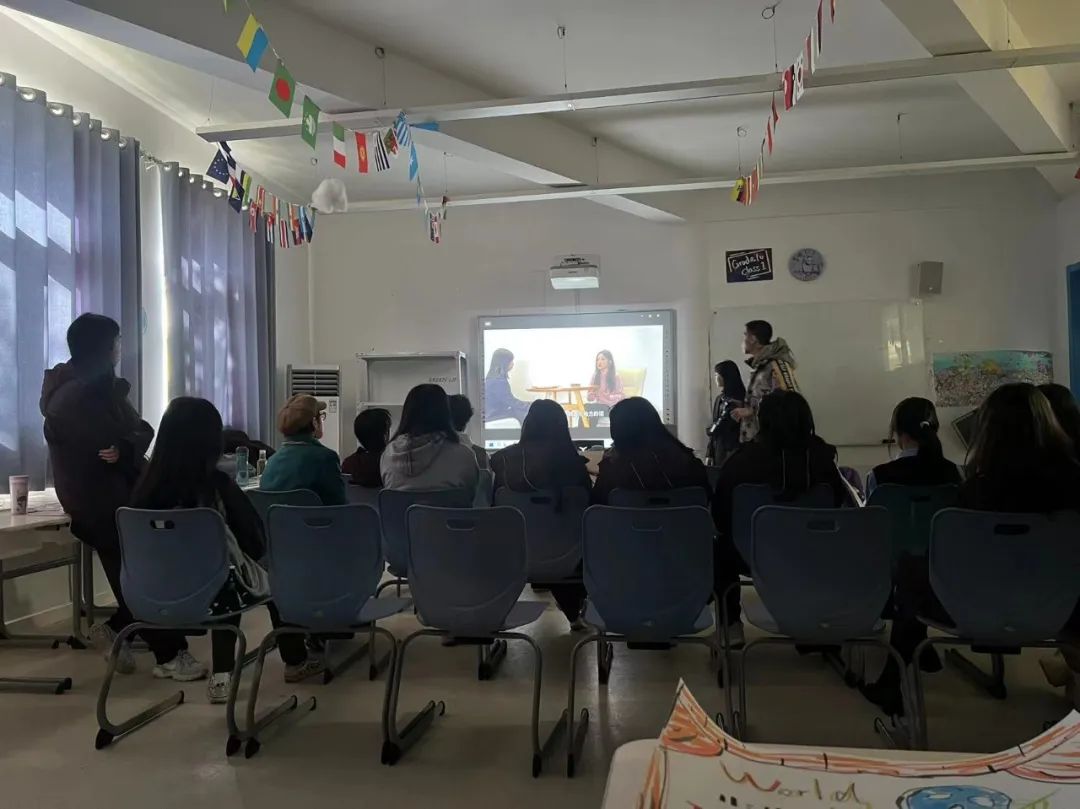
As for the future, Chris aims to further the community impact of projects and nurture students’ ownership over their work. If this year’s student exhibitions are any indicator, Building Shanghai will continue catalyzing creative confidence at SHBS for years to come. Our students are ready to take the lead.







